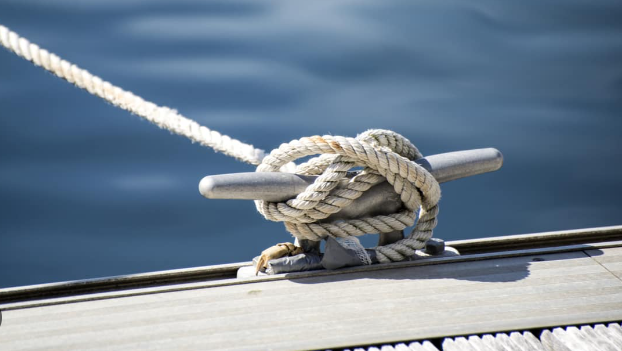Sailor knots are fundamental skills for anyone who spends time on the water. These knots are crucial for securing sails, tying down equipment, and ensuring safety. Mastering sailor knots can make a significant difference in the efficiency and safety of your maritime activities. This guide explores essential sailor knots, their applications, as well as techniques for mastering them.

Understanding Sailor Knots
Sailor knots have practical uses beyond maritime activities. They are designed to be strong, reliable, and easy to tie and untie. Whether you are sailing, camping, or engaging in any activity that requires rope work, understanding these knots can be incredibly beneficial. Sailor knots are often categorized based on their primary function, such as binding, joining, or securing.
Bowline Knot
The bowline knot is one of the most essential sailor knots. It creates a fixed loop at the end of a rope, which is useful for various applications. This knot is known for its strength and reliability, and it is easy to untie even after being subjected to a heavy load. To tie a bowline knot, form a loop in the rope, pass the end through the loop from underneath, and then pull the end through the loop while adjusting the knot to secure it. The bowline knot is commonly used to moor a boat or attach a line to a dock.
Figure Eight Knot
The figure eight knot is a versatile knot often used to prevent ropes from slipping through pulleys or rings. It is named for its shape, which resembles the number eight. To tie a figure eight knot, create a loop in the rope and pass the working end through it, then repeat the process. This knot is ideal for securing the ends of ropes and is commonly used in climbing, as well as in sailing.
Clove Hitch Knot
The clove hitch knot is a simple and effective knot used for fastening a rope to a post or rail. It is often used in situations where you need to secure a rope quickly. To tie a clove hitch knot, wrap the rope around the object twice and then pass the end through the loops you created. This knot is useful for tying fenders to a boat or securing equipment on deck. However, it is essential to ensure that the clove hitch is tightened properly, as it can slip if not secured correctly.
Sheet Bend Knot
The sheet bend knot is used to join two ropes of different sizes or materials. It is particularly useful when you need to connect a large rope to a smaller one. To tie a sheet bend knot, form a loop with the larger rope, then pass the end of the smaller rope through the loop. Finally, pull the smaller rope tightly around the larger rope and tuck it under itself. The sheet bend knot is commonly used in sailing to connect lines of different diameters.
Double Half Hitch Knot
The double half hitch knot is a simple and reliable knot used to secure a rope to an object. It involves making two half hitches around a post or rail to create a strong and secure hold. To tie a double half hitch knot, wrap the rope around the object, make the first half hitch, and then make a second half hitch on top of the first one. This knot is ideal for securing a boat to a dock or tying down gear on a sailboat.
Reef Knot
The reef knot, also known as the square knot, is used for joining two ropes of similar size. It is known for its simplicity and ease of use. To tie a reef knot, place the two rope ends together and tie an overhand knot, then repeat the process with the other end. This knot is commonly used in sailing to secure sails and make reef points. However, it is important to note that the reef knot should not be used for critical applications where a knot failure could result in significant consequences.
Practice and Application
Mastering sailor knots requires practice and familiarity with each knot’s specific application. It is important to practice tying knots regularly to ensure that you can perform them quickly and correctly under various conditions. Additionally, understanding the appropriate applications for each knot can help you use them effectively in different situations.
Safety Considerations
Safety is a crucial aspect of using sailor knots. Always ensure that knots are tied securely and correctly to avoid accidents and equipment failures. Regularly inspect knots and ropes for wear and tear, and replace any damaged ropes or knots as needed. Proper knot tying techniques, as well as safety measures can prevent accidents and ensure the safe operation of maritime equipment.
Conclusion
Sailor knots are an essential skill for anyone involved in maritime activities. From securing sails to tying down equipment, mastering these knots can enhance your efficiency and safety on the water. By understanding the key sailor knots, practicing their techniques, and applying them correctly, you can ensure that your maritime activities are conducted smoothly and safely. With proper knowledge and practice, sailor knots can become a valuable part of your skill set, enhancing your overall experience on the water.

